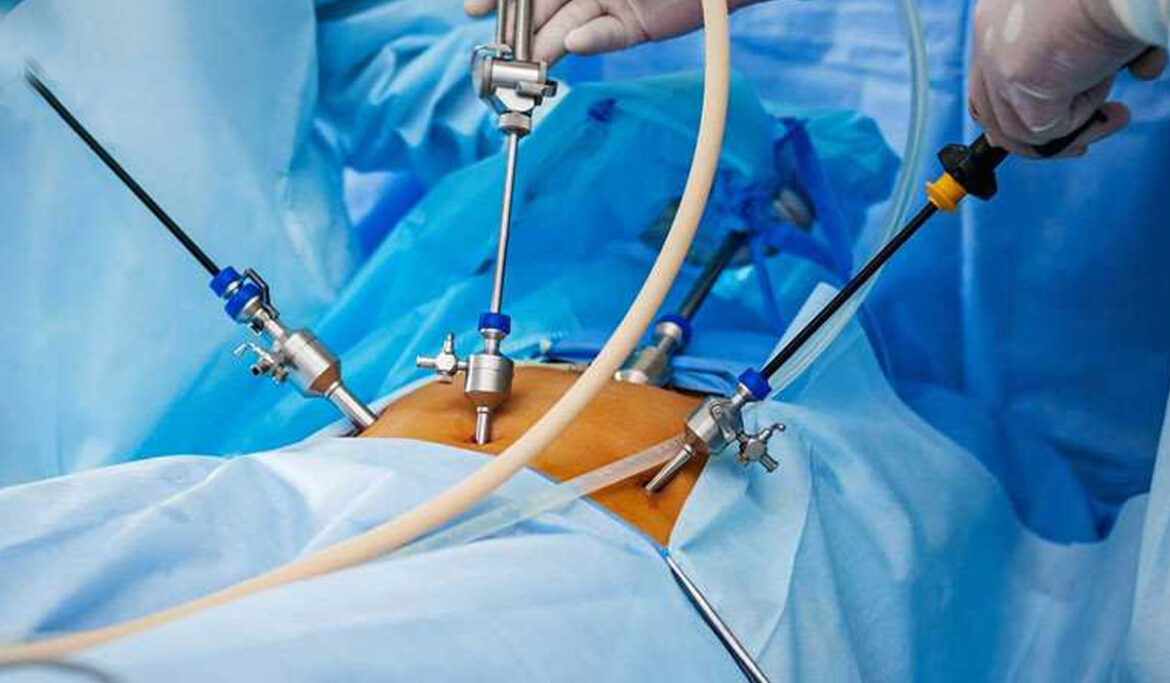What is Gastric Sleeve Surgery ?
The surgery is regarded as one of the newer types of Bariatic surgery and is one of the options for those people who are not suitable to have any other Bariatric surgery procedure.
Gastric Sleeve surgery is also medically referred to as Sleeve Gastrectomy, Gastric Sleeve Resection, Laparoscopic Sleeve Gastrectomy, Vertical Sleeve Gastrectomy and Tube Gastrectomy. This type of weight loss surgery works by limiting the quantity of food the stomach can hold. The surgery also removes the hormone Ghrelin which is responsible for causing hunger.
Laparoscopic Sleeve Gastrectomy Surgery or Open Sleeve Gastrectomy is weight loss non- reversible procedure that decreases the size of the stomach by 85%. The weight loss done in this procedure is entirely through decreased food intake. It limits the calorie intake and the amount of food that can be consumed by removing 80-90% of the stomach. A small sleeve shaped stomach is created by the surgeon. This procedure is relatively simpler than the gastric bypass procedure as there is no reconnection or re-routing of the intestines.
There are less chances of stomach expansion over the time as compared to other Bariatric surgeries. The procedure preserves the function of the stomach. Unlike the Lap-Band surgery, laparoscopic sleeve gastrectomy does not involve the use of banding device. In the first year after surgery, the patient can lose about 45-55 % of excess weight.
Who should consider Laparoscopic Sleeve Gastrectomy Surgery
- Candidates should have a BMI (Body Mass Index) of 40 or more.
- Candidates having a BMI in between 35-39 are also eligible for this surgery who have obesity-related conditions such as high cholesterol, diabetes and high blood pressure.
Benefits of Laparascopic Sleeve Gastrectomy
- The procedure involves low surgical risk as compared to gastric bypass surgery.
- Generally the weight loss is quicker than with gastric band.
- There is less food intolerance as compared to gastric band.
- There is no requirement of the implantable band device.
- Rapid initial weight loss.
- Decreases cravings for sweets.
- Prolonged sense of fullness after small meals.
Recovery after Laparoscopic Sleeve Gastrectomy
After the surgery, the patient will feel much more satisfied in eating smaller portions of food. This helps in limiting the quantity of food eaten at a time. A patient is also required to alter their eating habits and overall diet that also comprises of 8 cups of water every day.
Duodenal Switch Surgery
The duodenal switch, also referred to as Biliopancreatic Diversion and DS, is a kind of restrictive and malabsorptive weight loss surgery. The procedure can reduce the number of calorie intake as well as the quantity of food. It unites the formation of a moderately sized stomach pouch through bypassing a part of the small intestine. As a result of this, a patient loses weight without making changes to their eating habits. In this procedure, the stomach can hold 5-6 ounces of food as compared with other procedures that can hold 1 half to 1 full ounce.
Stomach Stapling Surgery
This type of procedure is meant for severely obese people who have made countless unsuccessful efforts in order to reduce their weight such as dieting, proper eating plans and regular physical exercise. The candidates for this procedure are those who have a BMI (Body Mass Index) of 40. Sometimes this surgery is the only option for morbid obesity. This procedure can also be combined with a malabsorptive operation where the food is diverted from the stomach that passed much of the small intestine. This leads to rapid weight loss.
Cost of Laparoscopic Sleeve Gastrectomy
Compared to the surgical costs in Europe and America, the cost of Laparoscopic Sleeve Gastrectomy in India is substantially lower due to its excellent health care facilities.
